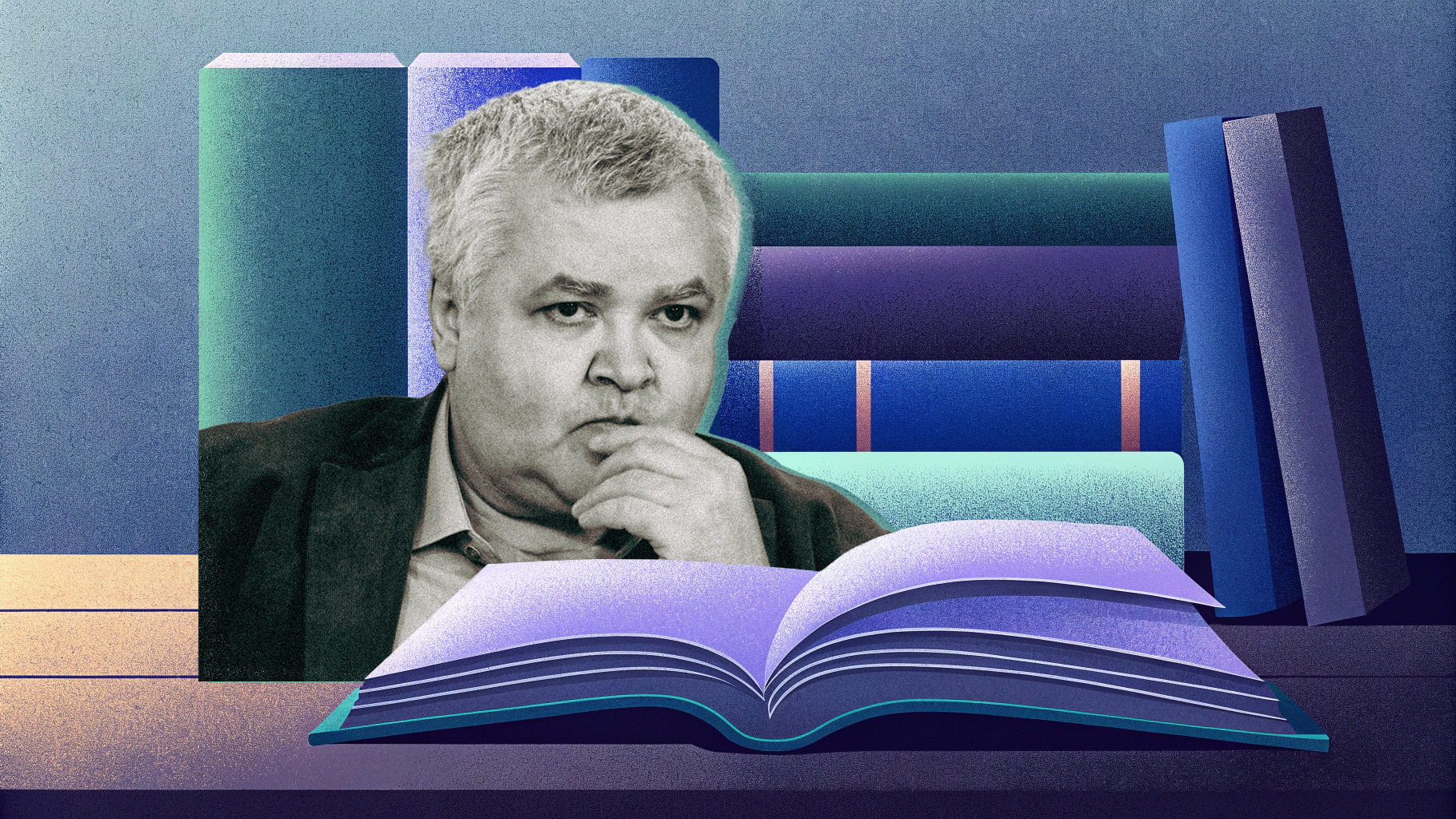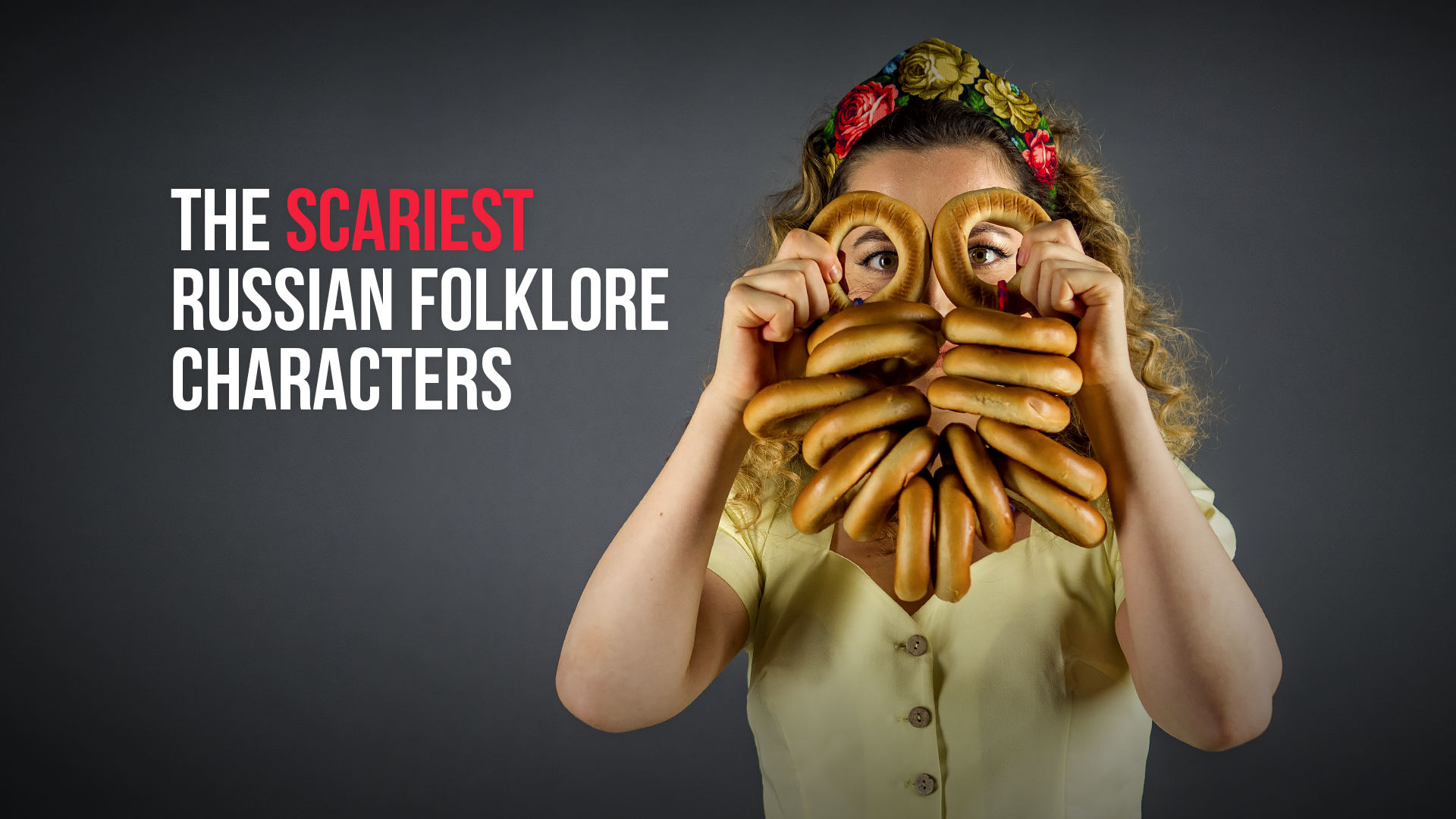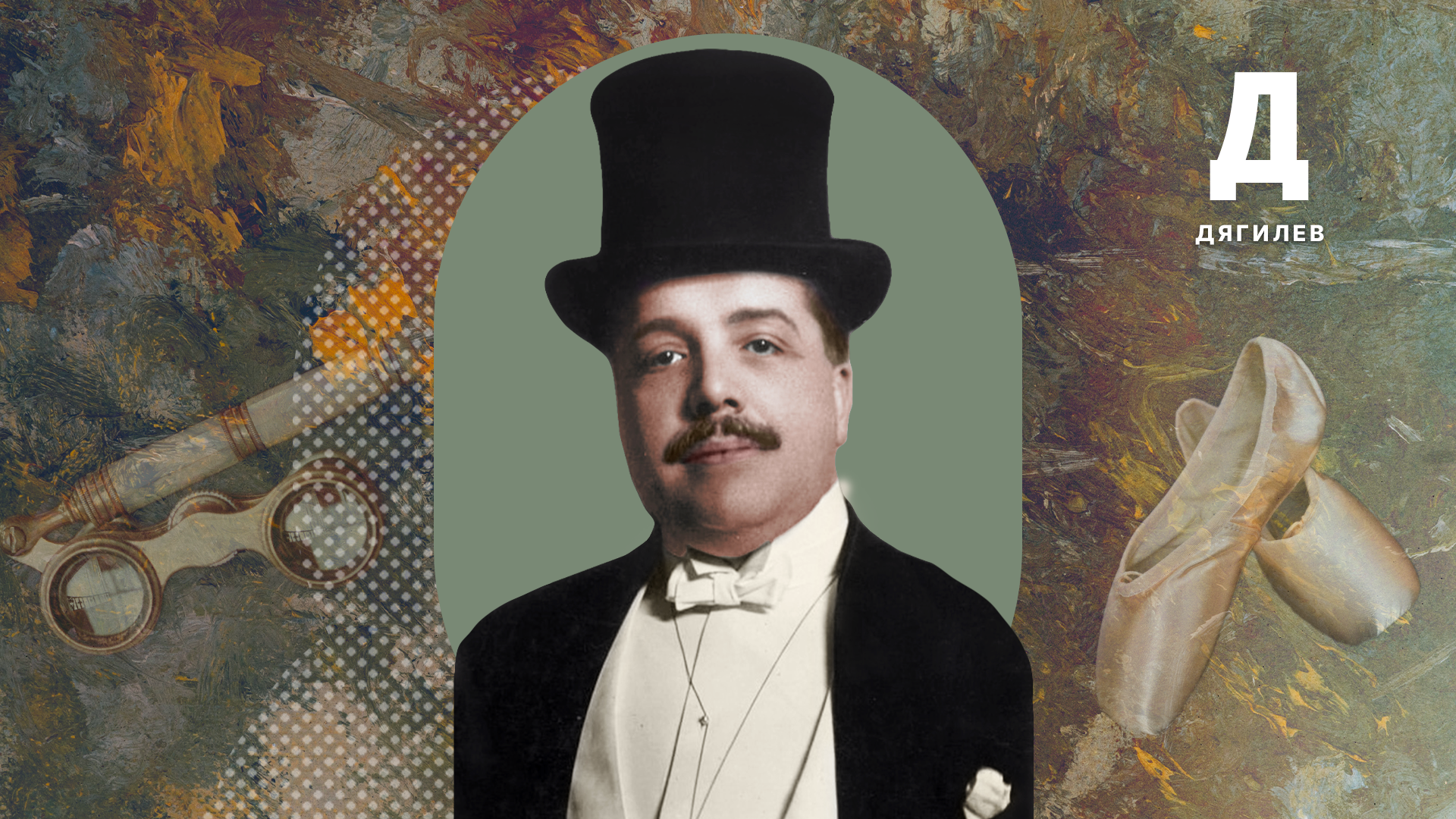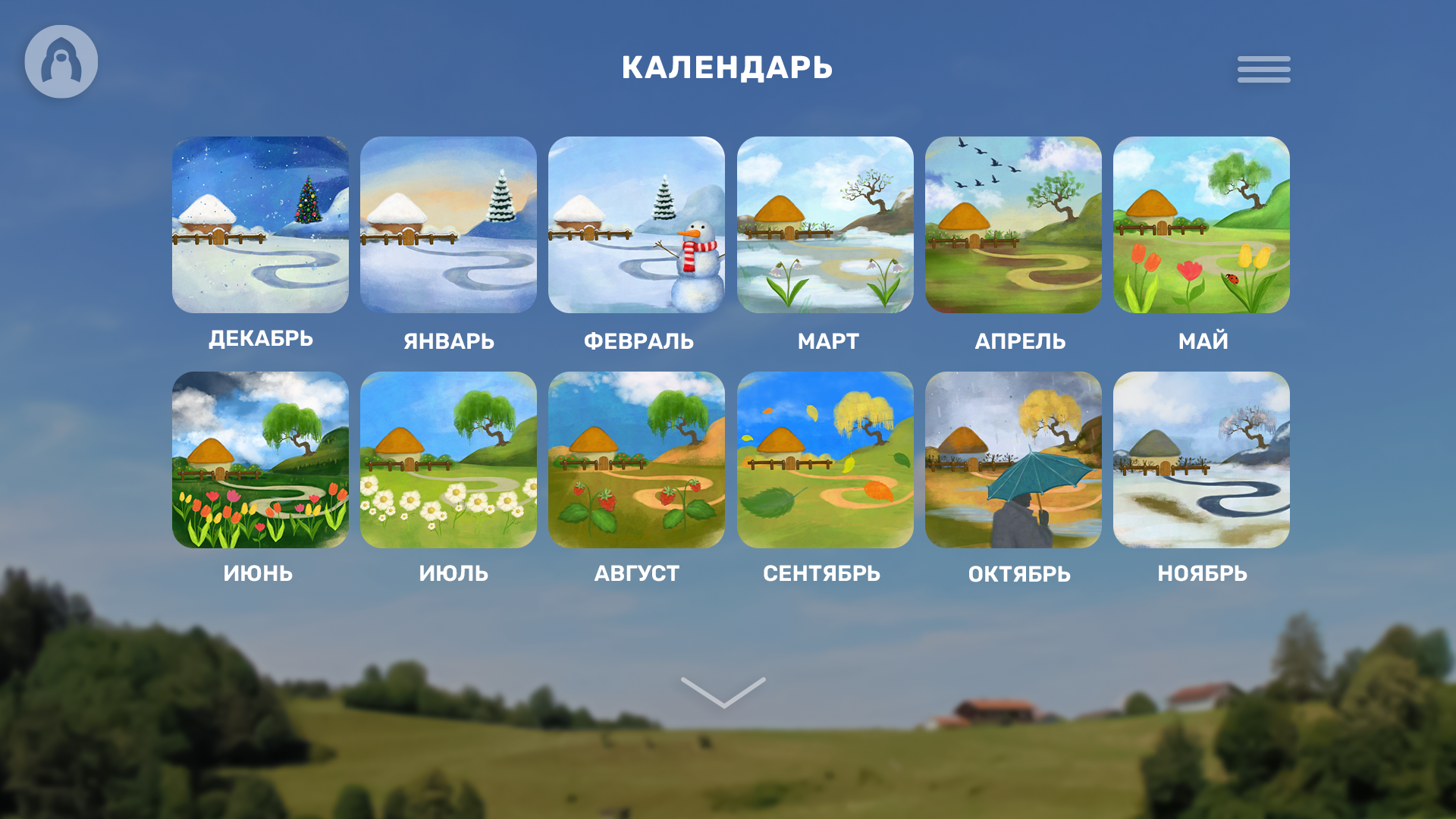
‘Э’ – the most 'foreign' letter of the Russian alphabet

The letter ‘Э’ came into the Russian language from Glagolitic alphabet, which is an older Slavic alphabet than Cyrillic. It was introduced into the Russian language in the 18th century, when many foreign words began to be used. And this letter had to designate sounds from foreign words that simply didn’t exist in Russian. It’s pronunciation is harder than the letter ‘Е’. So, in some cases, it also began to replace the letter ‘E’.
The new letter ‘Э’ was not accepted by everyone, at first. Famous scientist Mikhail Lomonosov was indignant: “If we would invent new letters for foreign words, our alphabet will be like the Chinese alphabet!”

But, many people supported the appearance of the new letter, as it was especially useful at the beginning of words, so that it is not confused with ‘E’. For example, like the words ‘экзамен’ (‘exam’) and ‘эволюция’ (‘evolution’).
Most often, ‘Э’ is used in borrowed words: ‘мэр’ (‘mayor’), ‘мэтр’ (‘maître’), ‘сэр’ (‘sir’) and so on. But now, it is also used in modern neologisms-calcs from foreign languages: ‘сэндвич’ (‘sandwich’), ‘фэнтези’ (‘fantasy fiction’), ‘бэкграунд’ (‘background’) and others.
‘Gateway to Russia’ is thankful to Gramota.ru (Грамота.ру) for their help in preparing the article.














